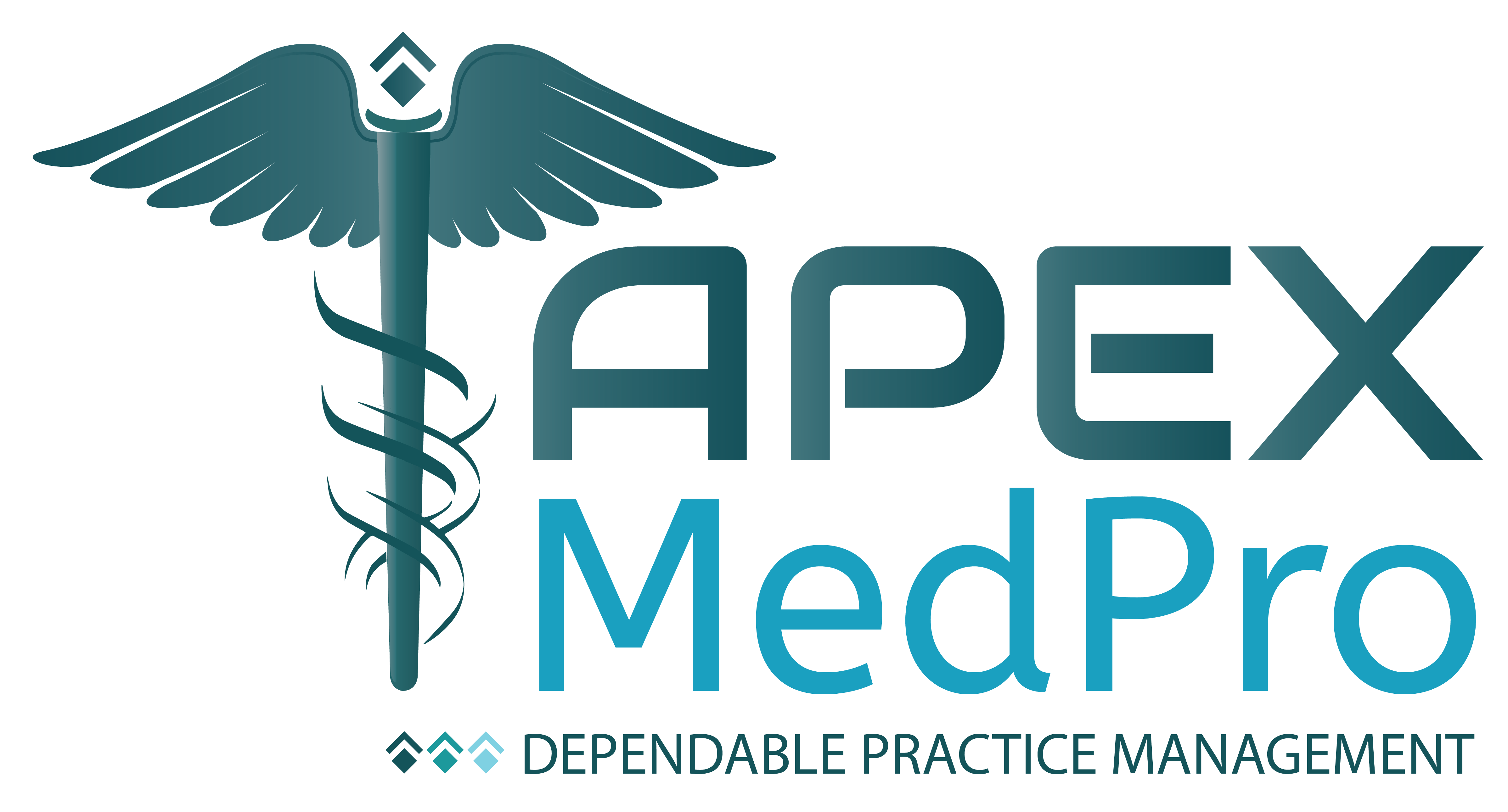Introduction:
The prior authorization process plays a crucial role in medical billing. It involves obtaining approval from insurance providers before certain medical procedures, medications, or services can be covered. However, this process can often be time-consuming, complex, and prone to errors, causing delays in patient care and impacting the revenue cycle. Streamlining the prior authorization process is essential for healthcare providers to improve efficiency, reduce administrative burdens, and enhance patient satisfaction.
In this blog post, we will discuss valuable tips to optimize and streamline the prior authorization process in medical billing.
Understand the Prior Authorization Requirements:
To streamline the prior authorization process, it is vital to have a comprehensive understanding of the specific requirements set forth by each insurance provider. Familiarize yourself with their guidelines, documentation needs, and any specific forms or codes that are necessary for the prior authorization request. Regularly review and stay up-to-date with the insurance company’s policies and requirements to ensure accurate and efficient submissions.
Develop Robust Documentation Processes:
Accurate and thorough documentation is critical when submitting prior authorization requests. Ensure that all relevant medical records, test results, diagnostic reports, and supporting documentation are organized and readily accessible. Implement a standardized documentation process to ensure consistency and compliance. Make sure that the documentation clearly justifies the medical necessity of the procedure or service being requested, providing the insurance company with all the necessary information to make a timely decision.
Leverage Electronic Prior Authorization (ePA) Tools:
Electronic prior authorization (ePA) tools can significantly streamline the prior authorization process. These tools automate and expedite the submission process by electronically connecting healthcare providers, insurance companies, and pharmacies. Implementing ePA solutions allows for real-time communication, reducing the need for manual paperwork and phone calls. Explore ePA options available in your practice management software or consider integrating standalone ePA tools to enhance efficiency.
Utilize Clear Communication Channels:
Establish clear lines of communication with insurance companies and maintain open channels for inquiries and follow-ups. Designate a dedicated staff member to handle prior authorization requests and ensure they have the necessary training and resources to effectively communicate with payers. Proactively reach out to insurance providers to clarify any unclear guidelines or requirements and seek pre-authorization when possible, reducing the likelihood of denials.
Automate and Centralize Prior Authorization Tasks:
Implementing technology solutions that automate and centralize prior authorization tasks can significantly streamline the process. Invest in medical billing software that integrates prior authorization functionalities, allowing you to track, manage, and monitor the progress of prior authorization requests. Automation can reduce manual errors, track submission deadlines, and provide real-time updates, enhancing efficiency and minimizing delays.
Monitor and Appeal Denials:
Even with careful preparation, prior authorization requests can be denied. Establish a process for monitoring and tracking denied requests. Regularly review and analyze the reasons for denials to identify patterns or trends. Develop an efficient appeals process to challenge denied claims. Gather all necessary information and supporting documentation, and resubmit the request with additional evidence to justify the medical necessity. Streamlining the appeals process is as important as streamlining the initial authorization process.
Educate and Train Staff:
Properly trained and educated staff members are essential for streamlining the prior authorization process. Conduct regular training sessions to ensure that your team is well-versed in the latest guidelines, policies, and documentation requirements. Provide them with the necessary tools and resources to efficiently navigate the prior authorization process. Encourage collaboration and open communication among staff members to share best practices and strategies for streamlining the process.
Conclusion:
Streamlining the prior authorization process in medical billing is crucial for healthcare providers to improve efficiency, reduce administrative burdens, and enhance patient care. By understanding the requirements, optimizing documentation processes, utilizing technology solutions, and maintaining clear communication channels, healthcare providers can expedite the prior authorization process, reduce denials, and improve revenue cycle management. Prioritizing the streamlining of prior authorizations will result in improved patient satisfaction and better utilization of valuable resources within the healthcare organization.

